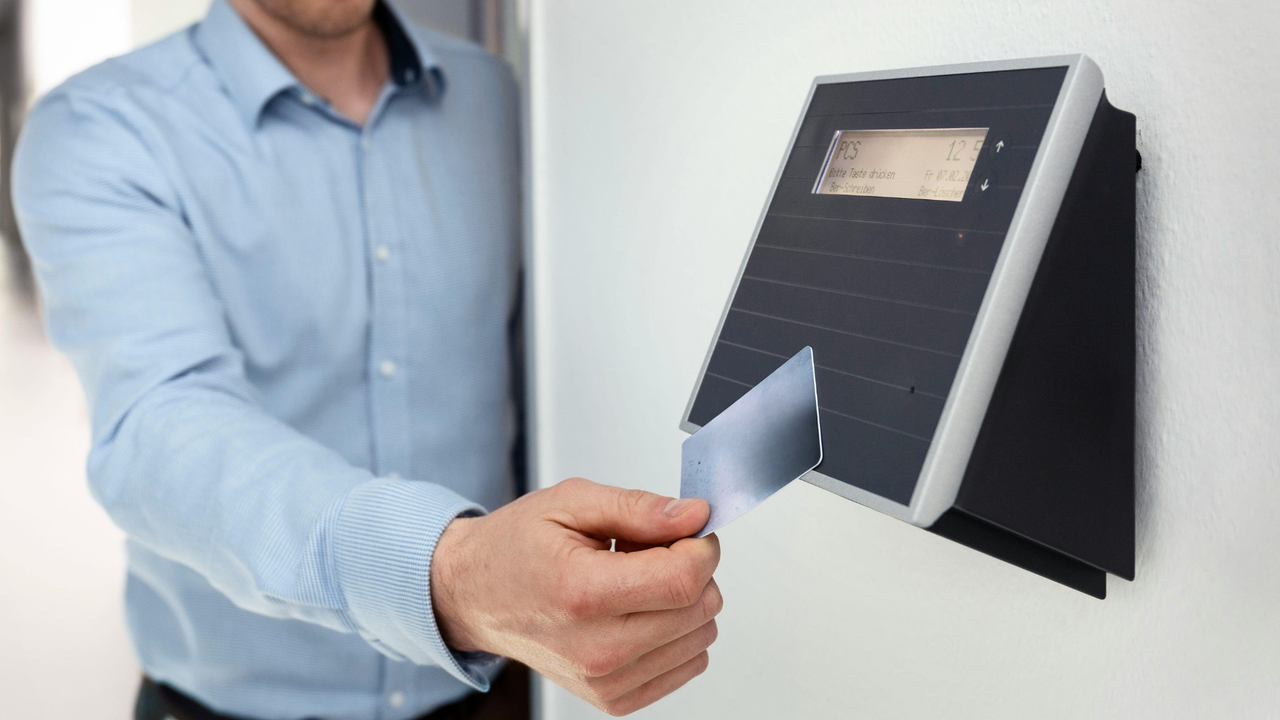Access cards are an essential part of everyday security for many organizations — from offices and hospitals to schools and government buildings. But when an access card suddenly stops working, it can create frustration, delays, and even security vulnerabilities.
Fortunately, most access card issues are easy to diagnose and fix once you understand the possible causes. Here’s a step-by-step guide on what to do when your access cards stop working.
Check for Physical Damage
The first step is simple — inspect the card itself.
- Look for scratches, cracks, or worn edges, especially near the embedded chip or magnetic stripe.
- If you use proximity or smart cards, even minor bends can damage the internal antenna or circuitry, rendering the card unreadable.
- Tip: Always store cards in a protective badge holder or sleeve to prevent bending and surface wear.
Clean the Card and Reader
Sometimes, dirt or debris can interfere with communication between the card and the reader.
- Wipe the card gently with a soft, lint-free cloth.
- Check the reader for dust or residue that might block contact.
For magnetic stripe cards, oils and dirt can make it hard for the reader to detect the data properly, leading to intermittent failures.
Verify Card Orientation and Reader Placement
It might sound obvious, but make sure you’re presenting the card correctly.
- For contactless or proximity cards, hold the card flat against the reader and wait a second for a response.
- For magstripe or contact cards, ensure you’re swiping or inserting in the correct direction.
If the reader gives no response at all, try another reader location to determine if the issue is with the card or the reader itself.
Test the Card on Another Reader
If your card doesn’t work on one reader but works on another, the problem is likely with the reader hardware, not the card.
If it fails on all readers, however, the issue may be with the card’s encoding, permissions, or internal components.
Confirm the Card's Activation Status
Many organizations manage access control through software platforms that assign access rights to each cardholder.
If your card was recently reissued, replaced, or unused for a while, it may have been:
- Deactivated or expired
- Not yet activated in the system
- Revoked or reassigned to another user
Reach out to your security or IT department to confirm the card’s status in the system.
Check for Access Permission Updates
- Sometimes, a card is perfectly functional but restricted due to policy changes.
- For example: Access permissions might have changed after an employee role update or department transfer.
The system may have time-based restrictions (e.g., access only during business hours).
Verifying permissions can quickly rule out system-related issues.
Consider Environmental Interference
Access card readers that use RFID or proximity technology can sometimes be affected by external factors such as:
- Strong magnetic fields
- Metal doors or frames blocking signal
- Multiple cards held together, causing signal interference
To test, present only one card at a time and avoid placing it near metal objects or electronics.
Reprogram or Replace the Card
If all else fails, the card may simply need to be re-encoded or replaced.
Your security team can:
- Reissue a new card with the same access permissions
- Reprogram or re-encode the existing one if the chip or magnetic data is corrupted
Modern ID and access control systems make this process quick and seamless.
Prevent Future Access Card Issues
Once your card is back in working order, you can prevent similar problems by following a few best practices:
- Store cards in protective holders to prevent wear.
- Avoid bending or punching holes in technology cards.
- Keep cards away from magnets, water, and direct heat.
- Clean readers and cards regularly.
If your organization uses older technology, such as magnetic stripe or low-frequency prox cards, consider upgrading to smart or mobile credentials for enhanced reliability and security.
Final Thoughts
When an access card stops working, it doesn’t always mean it’s time for a replacement. Many issues are easy to fix — from cleaning and reactivating the card to reprogramming it in your access control system.
By understanding how your access cards function and taking steps to maintain them, you can ensure consistent, secure access for everyone in your organization. Contact us today for more information on access cards or if you have any other questions.


